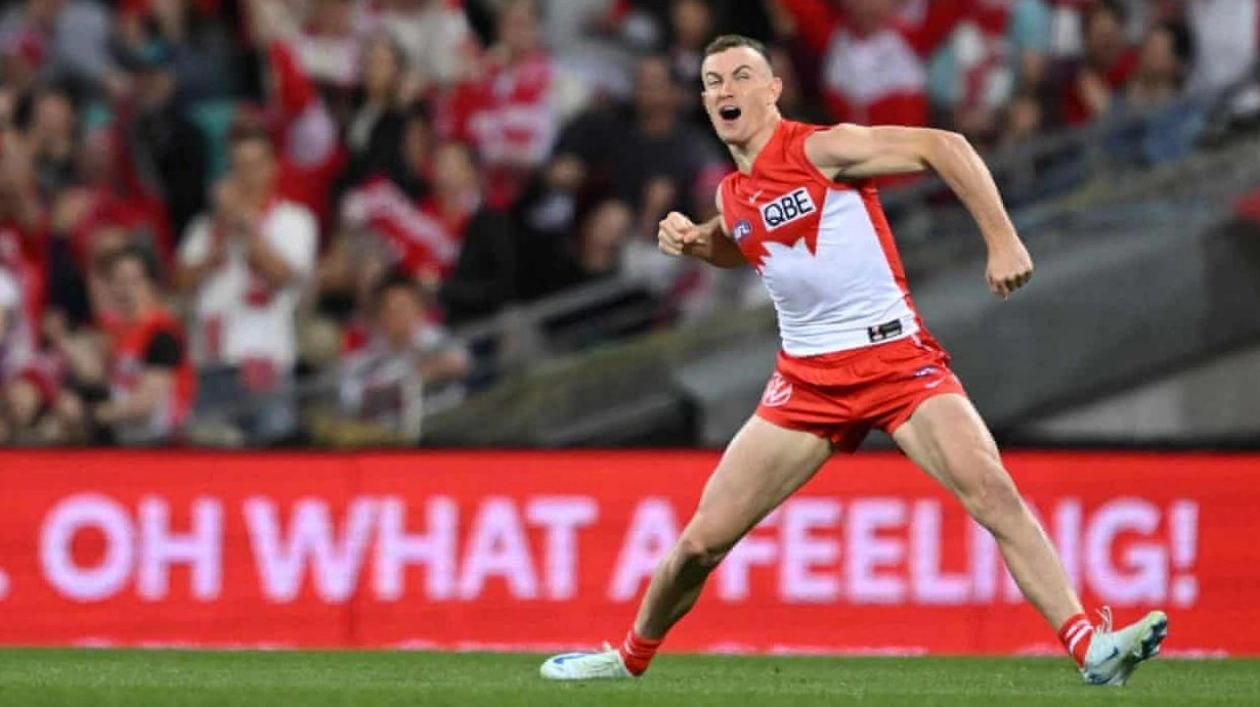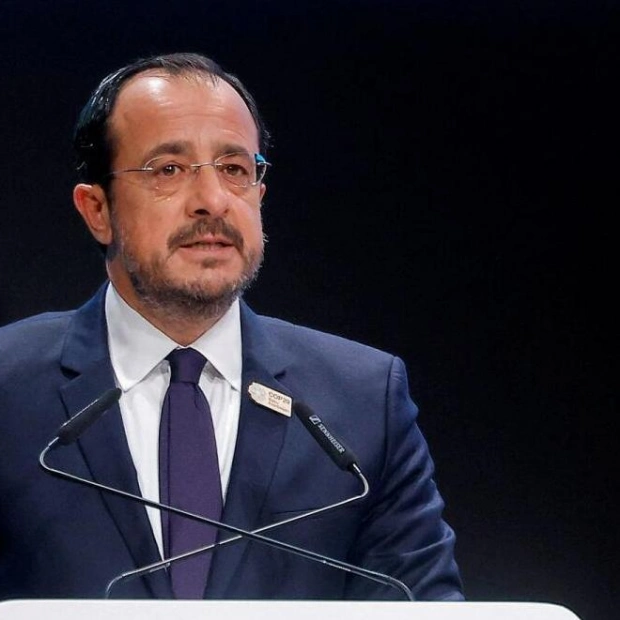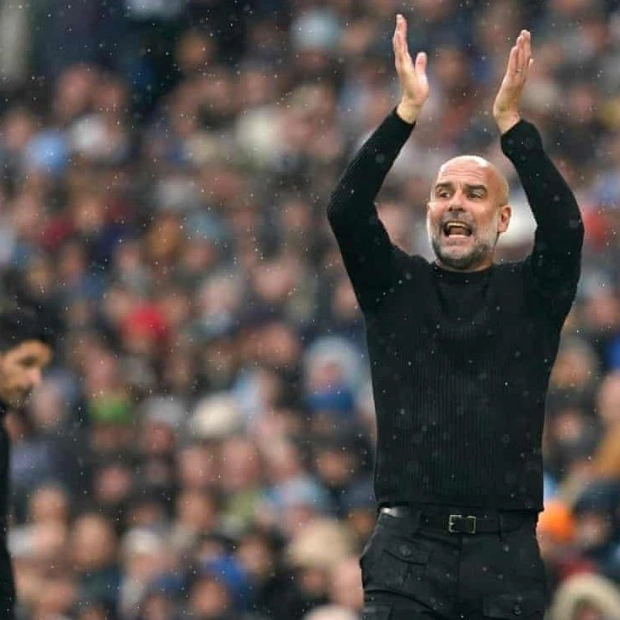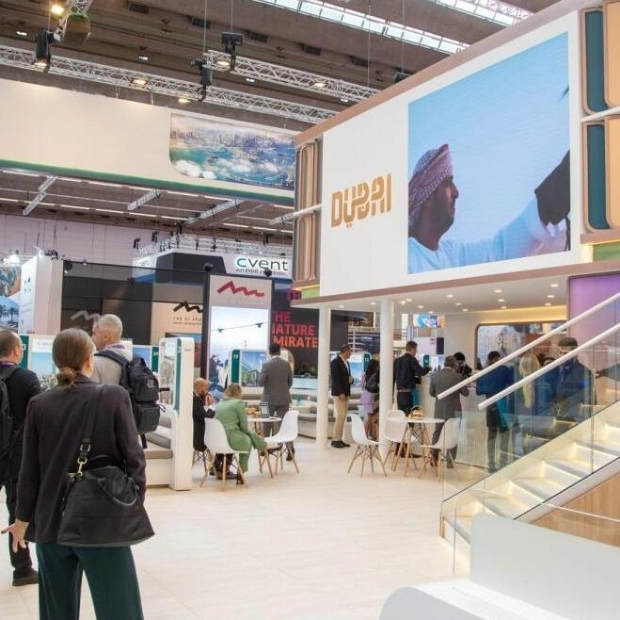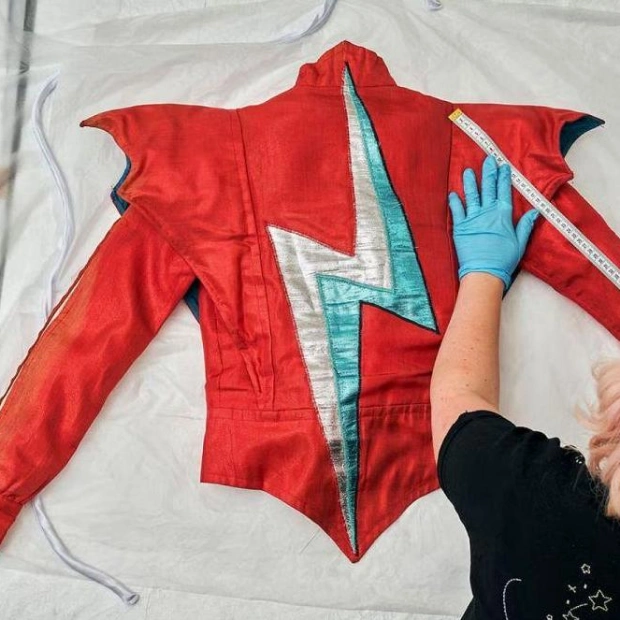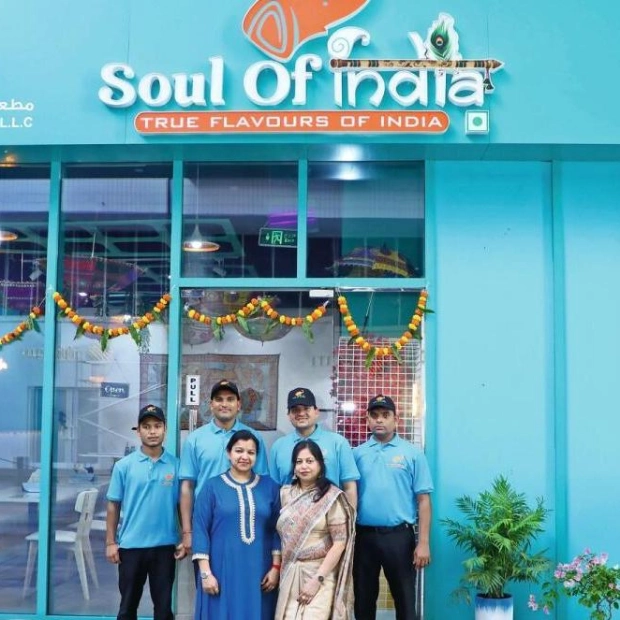The SCG has witnessed some nail-biting finals over the years, but this year's preliminary final was a breeze. By the early stages of the second quarter, it was clear that Sydney had the game under their control. The signs were evident – a plethora of uncontested marks, ample space, and the unmistakable Sydney swagger, all amplified by a lively crowd. Despite their slow starts this season, they quickly seized the initiative and never let go. They entered the match as firm favorites, with the only real concern being their recent poor record against Port Adelaide. In their previous encounters, the Power had consistently denied them time, space, and, most importantly, the corridor. It soon became apparent that the Swans had adapted their strategy. Instead of pushing through the middle, where Port had set up their defenses, they navigated along the boundary line, executing pinpoint passes around the SCG. By halftime, they had racked up nearly 50 more uncontested possessions. Their field kicking was impeccable.
As usual, Port excelled in close quarters and at stoppages, but as soon as the ball was moved wide and into open space, Sydney dominated. This is not the gritty, contest-to-contest team of the Paul Roos era. This is a team that attacks with flair, capable of scoring a flurry of goals in a short span. Goals came from various sources – from the pests, the crumbers, the midfielders charging forward, and even their running half-backs. If there was a perceived weakness in this Sydney side, it was their tall forwards, but they performed admirably, finding pockets of space and kicking accurately. At the opening bounce, Port assigned their tagger Willem Drew to Isaac Heeney, a 200-gamer and a key figure in the All Australian hierarchy. There were no flashy moves or dramatic plunges, but Heeney was everywhere for Sydney – intercepting marks across half-back, out-marking his direct opponent, and even taking hit-outs at one point. Despite being an offensive weapon, he also demonstrated a willingness to defend, block, and guard space.
Heeney and Chad Warner often looked for each other, much like Scott Pendlebury and Nick Daicos. In the first 30 seconds of the second half, an unmarked Warner scored a running goal from the center square, essentially sealing the game. Warner was the standout player, moving effortlessly through the Port midfield. Tom Papley was up to his usual antics. Despite his poor record against Port Adelaide, when he scores multiple goals, the Swans rarely lose. He kicked a goal after the quarter-time siren, got into a scuffle with Willie Rioli, and left the field with his jumper torn in two. His work rate, overhead marking, and goal sense were all exceptional. Port put up a better fight than in their qualifying final but were outworked and outclassed. They relied too heavily on long shots, hoping for the best. The Swans, known for their intercept play, launched numerous attacks from deep in defense. Five of their first six goals came from turnovers. Port's young, makeshift backline defended valiantly but were under constant pressure. Despite making it to the preliminary final without two of their key players, they were outmatched by a superior Sydney team.
Thus, Sydney advances to their seventh grand final this century. They were the best team during the home-and-away season, recovered from a mid-year slump, and won a thrilling final a fortnight ago. They turned the tables on a Port team that had dominated them earlier in the year. The only downside was the injury to Logan McDonald, who ended the night with his foot in a bucket of ice. Now, they have an extra day to recover, prepare, and rectify the mistakes from their previous three grand final appearances.
